Gas fireplaces offer both comfort and efficiency during colder months, especially in regions where winter temperatures can dip unexpectedly. Whether you rely on one as a primary heat source or use it occasionally to warm a specific room, it's essential to understand how much it costs to run a gas fireplace. On average, you can expect to pay between $0.20 and $0.50 per hour to operate a gas fireplace in the US. For a month with 4 hours of usage per day, this translates to $24 - $60.
The Jackery Solar Generator can help homeowners power essential household appliances, including gas or electric fireplaces, with free sunlight and offset overall energy expenses. This guide breaks down the energy consumption and real-world cost of running a gas fireplace in the United States daily, monthly, and yearly. If you are looking for ways to stay warm without burning through your budget, this article is for you.
Key Takeaways
- Gas fireplaces typically use between 7,000 and 40,000 BTUs per hour, depending on size and model.
- On average, it costs between $0.20 and $0.50 per hour to operate a gas fireplace in the US, though it is influenced by the fireplace's heat output (measured in BTU) and the amount of time it is used.
- Reducing usage, lowering thermostat settings, and scheduling routine maintenance can lower the energy expenses of running a gas or electric fireplace.
- Using Jackery Solar Generators to power household power needs can help balance overall utility costs and reduce grid dependence.
How Many Watts a Gas Fireplace Consumes
Gas fireplaces do not use electricity in the traditional way that electric heaters do, but they can still draw power, mainly if they include blowers, fans, ignition systems, or remote controls. The primary energy source is natural gas or propane, but for homes trying to track total energy consumption, it's helpful to understand the minimal wattage these fireplaces may pull from the grid.
Typically, a gas fireplace with an electronic ignition and built-in blower uses between 75 and 150 watts of electricity while running. The ignition component itself requires a brief surge of electricity to light the flame while the blower continues drawing power to circulate warm air throughout the room. If you have an electric fireplace, it may consume anywhere around 1000W—1500W per hour.
How Much Does It Cost to Run a Gas Fireplace in the USA
The cost of running a gas fireplace in the United States varies depending on three main factors: your location, the type of gas used (natural gas or propane), and how many hours per day you use it.
According to recent national averages, natural gas costs about $2.91 per Gasoline Gallon Equivalent (GGE), while propane costs around $3.35 per gallon or $4.18 per therm. A standard gas fireplace uses between 20,000 and 40,000 BTUs per hour.
Let's take an example:
If you have a 25,000 BTU fireplace, it would require 1 gallon of propane every four hours. The hourly cost of propane to run a gas fireplace is $1.04 per hour or $4.18 per day. You can expect to pay around $125.40 per month or $501.60 per year on propane.
Hourly Heating Cost = [Heat Output in BTUs × Current Gas Cost Per Therm] ÷ 100,000 (BTUs Per 1 Gallon Per Fuel)
The cost of running a gas fireplace depends on its running time. If you have a gas fireplace that consumes electricity or an electric fireplace, you will also need to factor in the electricity price.
Daily, Monthly, and Yearly Cost to Run a Gas Fireplace
On average, a typical gas fireplace uses 30,000 BTUs per hour. If your gas fireplace uses 150W of electricity and is used for 4 hours a day, the daily cost is approximately $0.09. Over the course of a 30-day month, that adds up to $2.87 for electricity. On a yearly basis, assuming regular use during a 5-month cold season, you can expect to pay around $14.35 or more on electricity.
On the other hand, if you have an electric fireplace (1500W) that runs for 4 hours per day, the daily and monthly costs will be around $0.96 and $28.71, respectively. The yearly cost will increase to $143.55 for five winter months, significantly increasing the electricity bills. Here is a table revealing the cost of an electric fireplace (1500W) running for 5 months per year:
|
Wattage |
Usage (Hrs/Day) |
State |
Rate in cents per kWh |
Daily Cost
|
Monthly Cost |
Yearly Cost |
|
1500W |
4H |
New York |
25.31 |
$1.52 |
$45.56 |
$227.79 |
|
1500W |
4H |
Illinois |
15.81 |
$0.95 |
$28.46 |
$142.29 |
|
1500W |
4H |
Ohio |
15.64 |
$0.94 |
$28.15 |
$140.76 |
|
1500W |
4H |
North Dakota |
9.93 |
$0.60 |
$17.87 |
$89.37 |
|
1500W |
4H |
Florida |
14.43 |
$0.87 |
$25.97 |
$129.87 |
|
1500W |
4H |
Georgia |
13.52 |
$0.81 |
$24.34 |
$121.68 |
|
1500W |
4H |
North Carolina |
12.47 |
$0.75 |
$22.45 |
$112.23 |
|
1500W |
4H |
South Carolina |
13.81 |
$0.83 |
$24.86 |
$124.29 |
|
1500W |
4H |
Texas |
14.68 |
$0.88 |
$26.42 |
$132.12 |
|
1500W |
4H |
Colorado |
15.01 |
$0.90 |
$27.02 |
$135.09 |
|
1500W |
4H |
Hawaii |
40.51 |
$2.43 |
$72.92 |
$364.59 |
|
1500W |
4H |
US |
15.95 |
$0.96 |
$28.71 |
$143.55 |
Note: The electricity rate per kWh in the table is taken from the EIA's January 2025 report.
Official Tips to Reduce Gas Fireplace Costs
If you are looking to reduce the expenses of operating the gas fireplace, here are a few tips to check out from Energy.gov, EnergySavers, and EPA:
- Keep the Fireplace Damper Closed When Not in Use: Leaving the damper open when the fireplace is off allows warm indoor air to escape, wasting energy. Always keep it tightly closed to prevent heat loss.
- Install Tempered Glass Doors & a Heat-Air Exchange System: Glass doors help radiate more heat into the room, while a heat-air exchange system improves warm air circulation. This boosts overall efficiency.
- Seal Air Leaks Around the Fireplace: Use fire-resistant caulk or sealant to close gaps around the fireplace. This minimizes drafts and heat loss during winter.
- Lower the Thermostat When Using the Fireplace: Reduce the central heating thermostat to around 50°F–55°F while using your fireplace. This saves energy without sacrificing warmth.
- Choose an EPA-Certified Fireplace: Replace your old wood heater or fireplace with a more energy-efficient EPA-certified appliance to save fuel money and protect your health.
- Invest in the Solar Generator to Power Appliances: Jackery Solar Generators are powerful solar-powered generators capable of powering most household appliances, including gas or electric fireplaces, heaters, lights, etc., and reducing the reliance on the grid.
How to Save on Your Electricity Bill With Jackery Solar Generators
While gas fireplaces don't consume much electricity, electric fireplaces and the rest of your home likely do, especially during winter. Jackery is a global leader in manufacturing solar panels, portable power stations, and solar generators. The Jackery Solar Generators offer a practical way to offset those electric costs. They power essential devices like electric fireplaces, lights, WiFi routers, space heaters, or medical equipment during outages or peak usage times. This helps you lower your average electricity bill while staying prepared for emergencies.
Jackery Solar Generator 1000 Plus
The Jackery Solar Generator 1000 Plus is a portable battery backup solution that is capable of powering gas fireplaces and other midsize household appliances. It can help you lower your electricity costs by powering the small winter heating setup. If you have a gas fireplace that consumes 150W per hour and runs for four hours daily, the electricity costs will be around $2.87 per month or $14.35 per year. The Jackery Solar Generator 1000 Plus will help you cut these costs and more by powering essential household appliances.
Appliances Running Time
- Compact Electric Fireplace (1000W) = 1.0H
- Gas Fireplace With Blowers (200W) = 4.8H
- Gas Fireplace With Ignition (100W) = 8.8H
- Pellet Stove (800W) = 1.3H
- Vented Gas Fireplace (300W) = 3.3H

Customer Review
"Now that I have a power source for technical devices, small appliances, and even my refrigerator, power losses in the future will be much less stressful. It was easy to charge up, easy to use, and very compact for the power." — Customer.
Jackery Solar Generator 2000 Plus
The Jackery Solar Generator 2000 Plus is a reliable backup for long-term outages or large electric fireplaces. It can power blowers, space heaters, and essential electronics, keeping your home warm and connected. Regular use of the solar generator can reduce winter electricity bills and offer peace of mind during unpredictable weather. If you power an electric fireplace (1500W) for 6 hours with the solar generator, you save $1.43 per day and $43.06 per month.
Appliances Running Time
- Electric Fireplace (1500W) = 1.1H
- Gas Fireplace With Blowers (200W) = 7.7H
- Gas Fireplace With Ignition (100W) = 13.9H
- Pellet Stove (800W) = 2.1H
- Vented Gas Fireplace (300W) = 5.3H

Customer Review
"Awesome product. Have a few of the smaller ones, which are very handy. Sweet fit for a house and car hauler to power lights and radio. Not as heavy as I thought, and wheels with handles are a plus." — William Grimes.
How Much It Costs to Run a Gas Fireplace FAQs
How much does it cost to run a 1500-watt fireplace?
A 1500-watt fireplace running for 6 hours per day consumes 9kWh per day or 270kWh per month. If the electricity rate per kWh in your area is 15.95 cents per kWh, the daily and monthly costs will be $1.43 and $43.06, respectively.
Is it okay to run a gas fireplace all day?
No, it is generally not recommended to run a gas fireplace all day, even if it is properly vented. While some vented fireplaces are designed for continuous operation, it is generally safe to limit the running time to 2 - 3 hours at a time.
Which is cheaper to run: a gas or electric fireplace?
Electric fireplaces are usually cheaper to run than gas fireplaces. Gas fireplaces offer more powerful and consistent heat but require more complex installation and maintenance. Electric fireplaces are simpler to install, require less maintenance, and can be more energy-efficient.
Conclusion
Gas fireplaces are a cozy and energy-efficient way to heat your home. However, understanding how much it costs to run a gas fireplace can help you manage your monthly budget more effectively. Whether you use natural gas, propane, or electricity to run the fireplace, the expenses can increase over time, especially during peak winter. Jackery Solar Generators can help you prepare for outages and reduce the strain on your electric bill year-round.

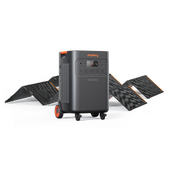



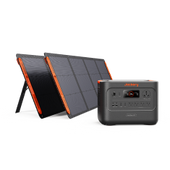









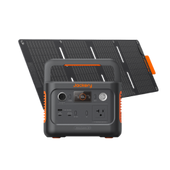
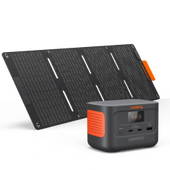
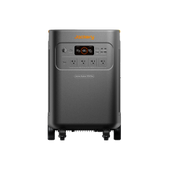












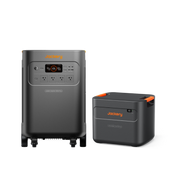
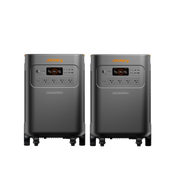
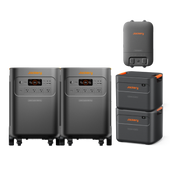


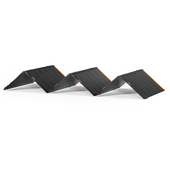


![[Add-on] Jackery Manual Transfer Switch for Explorer 5000 Plus](http://www.jackery.com/cdn/shop/files/800x800-2_5b90d3ab-246e-4679-affe-e7c6949f9c27.png?v=1744356904&width=170)




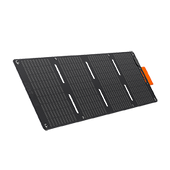



















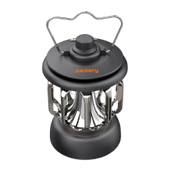












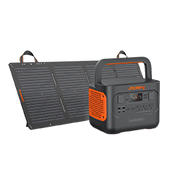
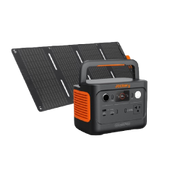








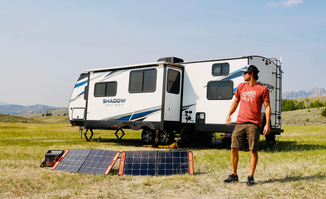












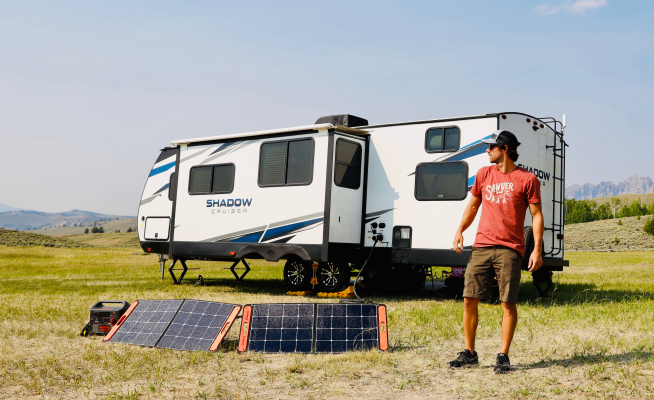



















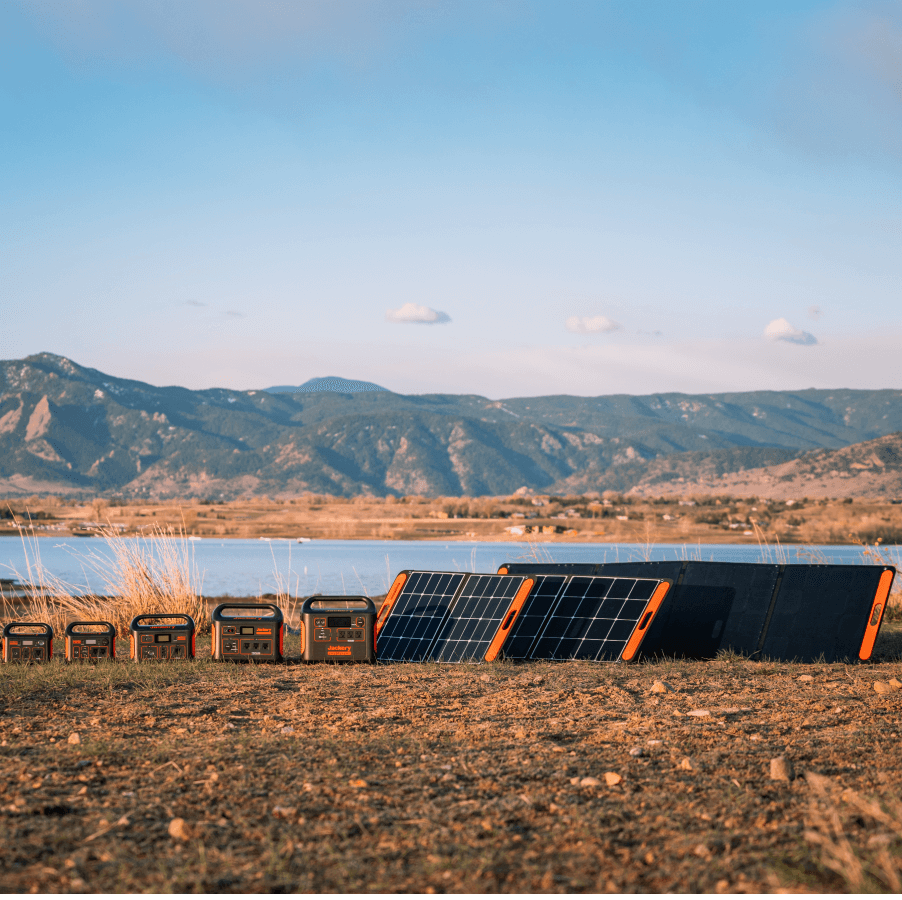

Leave a comment